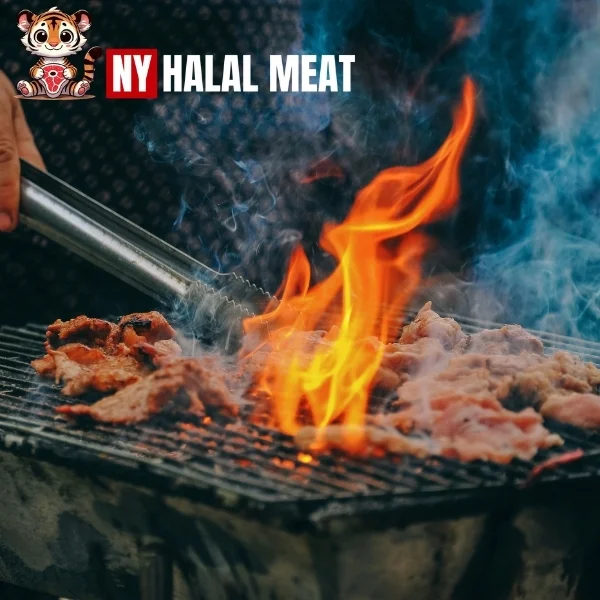İn Meat Cook Common Mistakes
How to Cook Meat: Common Mistakes and How to Avoid Them When Cooking Meat
Many people struggle with cooking meat, finding it challenging due to factors like timing, temperature, and technique. Often, improvisation leads to common mistakes that can affect the taste, texture, and juiciness of meat dishes. Below are some frequent mistakes made when cooking meat, along with tips to ensure perfect results every time.
1. Cooking Meat Straight From the Fridge
Cooking meat directly from the fridge can lead to uneven cooking. The cold temperature prevents the heat from reaching the center properly, resulting in a dry exterior and undercooked center.
Tip: Remove the meat from the refrigerator at least 30 minutes before cooking to allow it to reach room temperature for even cooking and juicier results.
2. Not Seasoning Meat Properly
Inadequate seasoning is a common mistake. Proper seasoning enhances the flavor and makes the meat more enjoyable.
Tip: Generously season the meat with salt and pepper before cooking. Marinating the meat or using spice rubs and letting them sit on the meat for at least an hour, or even overnight, enhances flavor.
3. Using High Heat for Lean Cuts
High heat can quickly dry out lean cuts like chicken breasts or pork tenderloin, which contain little fat.
Tip: Use medium to low heat for lean cuts to prevent them from becoming dry and tough. A quick sear on high heat followed by lower temperatures is ideal for these cuts.
4. Moving the Meat Too Much
Constantly moving meat in the pan can prevent a good sear, which is essential for locking in flavor.
Tip: Let the meat sit undisturbed until a crust forms, then flip it only once. This helps retain juices and improves the flavor.
5. Using the Wrong Pan
Different types of meat require suitable pans. Thin pans can cause uneven cooking, and nonstick pans prevent good browning.
Tip: Use a heavy-duty stainless steel or cast-iron skillet for the best sear and even cooking. Avoid overcrowding the pan to prevent steaming.
6. Overcooking or Undercooking Meat
Overcooked meat becomes tough and dry, while undercooked meat can be unsafe.
Tip: Use a meat thermometer to check for doneness. General internal temperatures for various meats are:
- Beef (medium rare): 135°F (57°C)
- Chicken: 165°F (74°C)
- Pork: 145°F (63°C)
7. Not Resting the Meat
Cutting into meat immediately after cooking allows the juices to escape, resulting in drier meat.
Tip: Allow meat to rest for 5–10 minutes for smaller cuts, and up to 15 minutes for larger cuts. This redistributes the juices, making the meat more tender and flavorful.
8. Mishandling Oil While Cooking
Using too much oil or the wrong type of oil can affect the flavor and texture of the meat.
Tip: Use a small amount of high-smoke-point oil, like vegetable or avocado oil, for searing. Avoid butter for high-heat cooking, as it burns easily.
9. Not Trimming Fat
Leaving too much fat on the meat can result in a greasy dish and affect cooking.
Tip: Trim excess fat, but leave a thin layer to retain moisture and flavor. For steaks, a small amount of fat can enhance taste and texture.
10. Cooking All Meats in a Similar Way
Different meats require specific cooking methods to bring out their best flavors and textures.
Tip: Learn the ideal cooking method for each type of meat. Steaks benefit from high heat and resting, while tougher cuts like brisket should be slow-cooked or braised.
Conclusion: Mastering the Art of Cooking Meat

By avoiding these common mistakes, you can achieve tender, juicy, and flavorful meat dishes every time. Attention to detail and patience are essential for success. With these tips, you’ll not only avoid mistakes but also cook meat to perfection.


